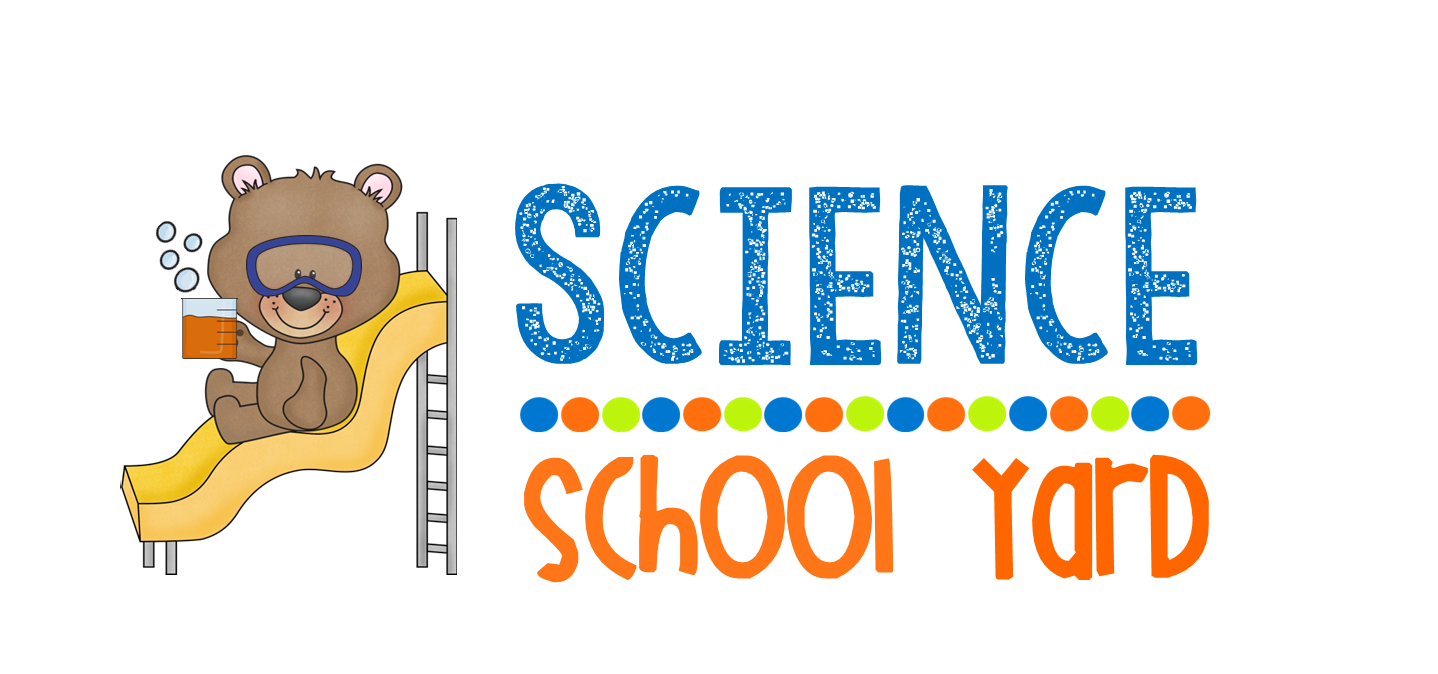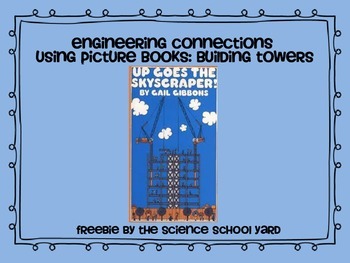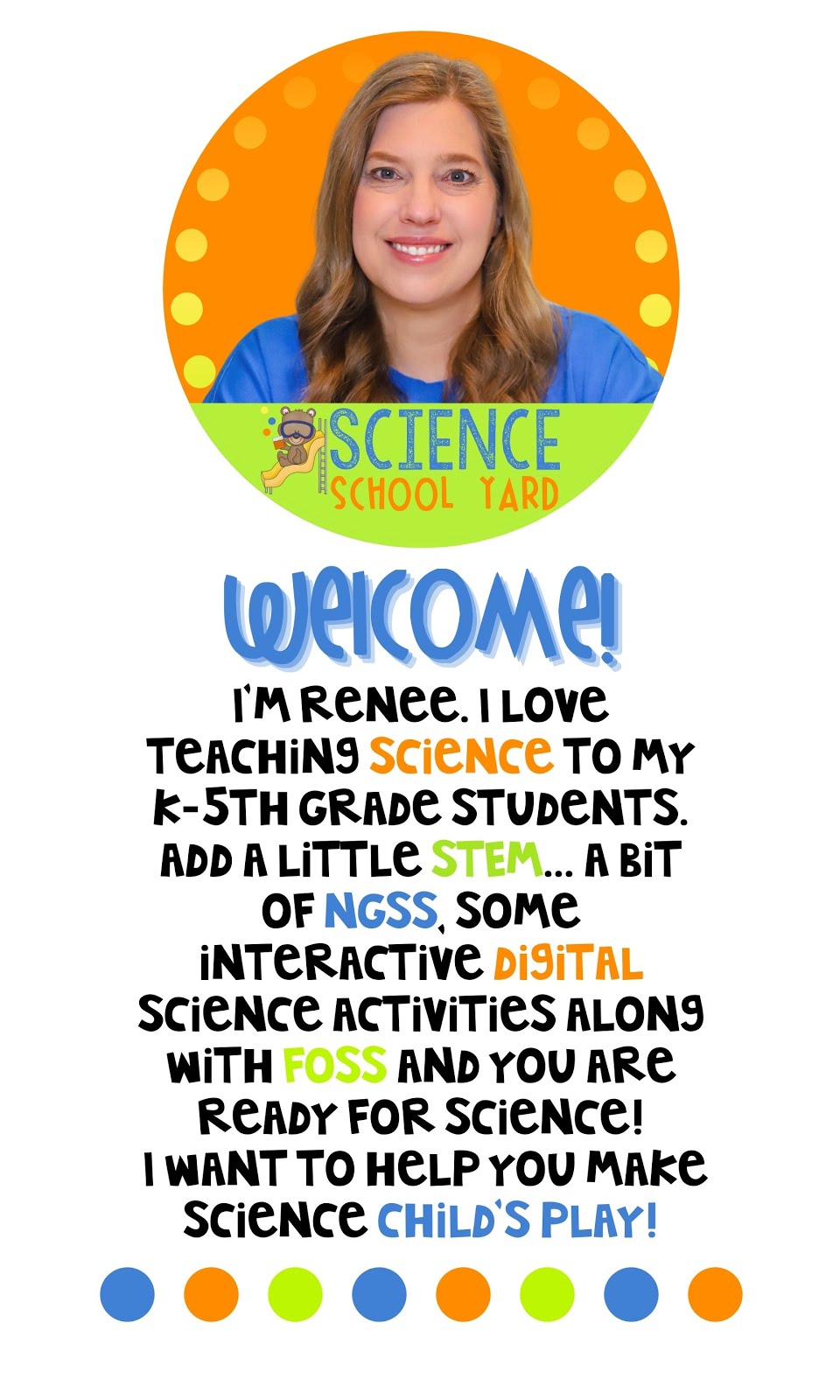First graders use the FOSS balance and motion kit and let's just say sometimes balancing a pencil on your finger is just not enough. Last year, I made a fun Balance Pack that helps me extend and enrich the balancing lessons with a creative circus theme. Last week, we focused on the book Mirette on the High Wire...
We used the shapes from the kit...the triangle as Mirette (it looks like her dress), and the semi circle as Bellini, (it looks like his arms or legs). We set up a high wire in our room...just a piece of painter's tape on the floor and play circus music. We do the wire walker's salute and a trick! The kids love connecting to the story. We then make pictures of us walking on the high wire and write a time when we had to do something hard or get over a fear just like Bellini. This is a great writing connection!
This week, to wrap up our balance part of the kit, we used a fun circus theme and my pack to start off with. I set the stage to engage...
First...we read the book Circus by Lois Ehlert. I set up around the room some of the acts that are in the book to set the stage to engage! I have zero minutes between 4th grade leaving and a first grade class coming in...so I have to keep the circus theme up all week for the five classes of 1st grade that I have.
All of the students K-5 seem to love all of the circus acts around the room and the bigger kids can remember when we learned to balance.
Here are the balance stations we worked on this week:
1. Review of balance point by making a clown that has many points to balance on when we change the location of the counter weights.
2. What does balance mean? Defining stable and unstable by making a chart to see who can balance on one foot for one minute.
3. Performing the balancing bears act...using scales to balance objects in a cup of one side and bears on the other and charting what we learned.
4. In our notebook, we finished up by getting a clowning around sheet and filling in what we know about balance point and counter weights after we finished today. I went around and assessed the students and had them point where they were located using their make and take clowns.
5. We left the room by balancing across the high wire to circus music! The Circus Pack Can be found (HERE)! Join the fun!

0
We used the shapes from the kit...the triangle as Mirette (it looks like her dress), and the semi circle as Bellini, (it looks like his arms or legs). We set up a high wire in our room...just a piece of painter's tape on the floor and play circus music. We do the wire walker's salute and a trick! The kids love connecting to the story. We then make pictures of us walking on the high wire and write a time when we had to do something hard or get over a fear just like Bellini. This is a great writing connection!
This week, to wrap up our balance part of the kit, we used a fun circus theme and my pack to start off with. I set the stage to engage...
First...we read the book Circus by Lois Ehlert. I set up around the room some of the acts that are in the book to set the stage to engage! I have zero minutes between 4th grade leaving and a first grade class coming in...so I have to keep the circus theme up all week for the five classes of 1st grade that I have.
All of the students K-5 seem to love all of the circus acts around the room and the bigger kids can remember when we learned to balance.
Here are the balance stations we worked on this week:
1. Review of balance point by making a clown that has many points to balance on when we change the location of the counter weights.
2. What does balance mean? Defining stable and unstable by making a chart to see who can balance on one foot for one minute.
3. Performing the balancing bears act...using scales to balance objects in a cup of one side and bears on the other and charting what we learned.
 |
| The balancing bear act... |
4. In our notebook, we finished up by getting a clowning around sheet and filling in what we know about balance point and counter weights after we finished today. I went around and assessed the students and had them point where they were located using their make and take clowns.
5. We left the room by balancing across the high wire to circus music! The Circus Pack Can be found (HERE)! Join the fun!















































